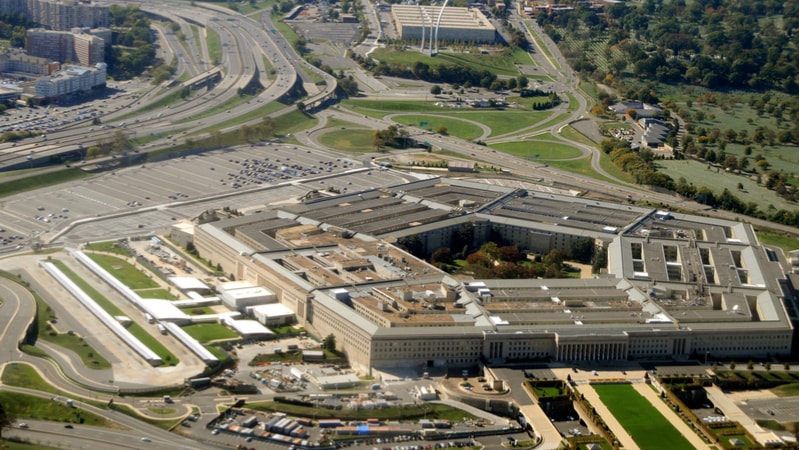
The Department of Defense (DoD) is making a major push into the Arctic region with a fresh strategy that’s all about employing the latest tech.
The 2024 Arctic Strategy – released on Monday – outlines steps that DoD will take to ensure it preserves the Arctic as a secure and stable region. This is the first update to DoD’s approach to the region since 2019. According to DoD officials, Chinese and Russian activities in the Arctic, the enlargement of NATO, and the increasing effects of climate change “herald a new, more dynamic Arctic security environment.”
Prioritizing cutting-edge technologies to enhance the Joint Force’s technological and infrastructural capabilities in the “High North” is the first line of effort in the plan.
“DoD should pursue early warning capabilities; discrimination sensors; tracking sensors; Command, Control, Communications, Computers, Cyber, Intelligence, Surveillance, and Reconnaissance (C5ISR) capabilities; improved understanding of the electromagnetic spectrum; and sensing and forecasting capabilities,” the strategy reads.
Operating in Arctic conditions requires appropriate training, equipment, and supplies for individual service members. Therefore, to function effectively the strategy directs the department to assess if the Joint Force has sufficient Arctic-capable equipment to conduct all mission-essential tasks.
For example, according to the strategy, the DoD should “conduct analysis of requirements for future unmanned platforms that can operate in the Arctic.” These capabilities, DoD officials said, would enable the Pentagon to effectively monitor remote Arctic areas where human operators are difficult to deploy.
Deputy Secretary of Defense, Kathleen Hicks, told reporters during a Pentagon Press briefing on Monday that the department continues to deploy AI and autonomous capabilities across its enterprise and the Arctic is a “perfect domain” to test out different applications.
“AI is ideal at helping us make sense of an environment, pattern recognition, bringing in data and understanding the environment to make better decisions and faster decisions. And this is a space where I think … being able to leverage AI can really advantage us,” Hicks said
Iris Ferguson, the deputy assistant secretary of defense for Arctic and global resilience, told reporters that the DoD is already harnessing the power of AI on satellite and weather data to operate better in the Arctic.
Beyond AI and autonomous systems, the strategy urges the Pentagon to investigate improving ground-based sensors that “complement and enhance existing [North American Aerospace Defense Command (NORAD)] capabilities.”
“The Arctic holds our northern approaches to the U.S. homeland and detecting threats from afar is critical to homeland defense. The network of U.S. and Canadian radars and sensors operated by NORAD and U.S. Northern Command enables the detection and tracking of certain threats from and through portions of the Arctic, but modernization is needed,” the strategy reads.
The strategy also encourages the department to invest in satellite solutions to improve tactical and strategic communications in the region. According to the strategy, communications in the Arctic region have historically posed a particular challenge, especially for the Joint Force, due to limited legacy satellite coverage in the region.
Satellites providing Arctic coverage should receive a particular focus from the department, the strategy states, because military satellite communications solutions could improve tactical and strategic communications in the region.
The strategy also calls for the Pentagon to pursue cutting-edge technology through commercial partners and agreements with allies and partners, especially from NATO.
